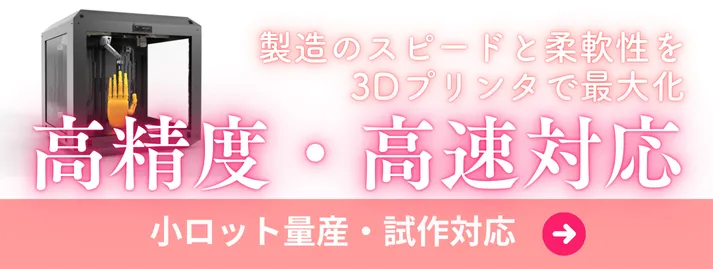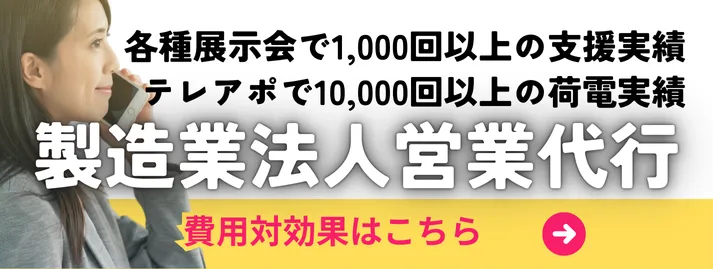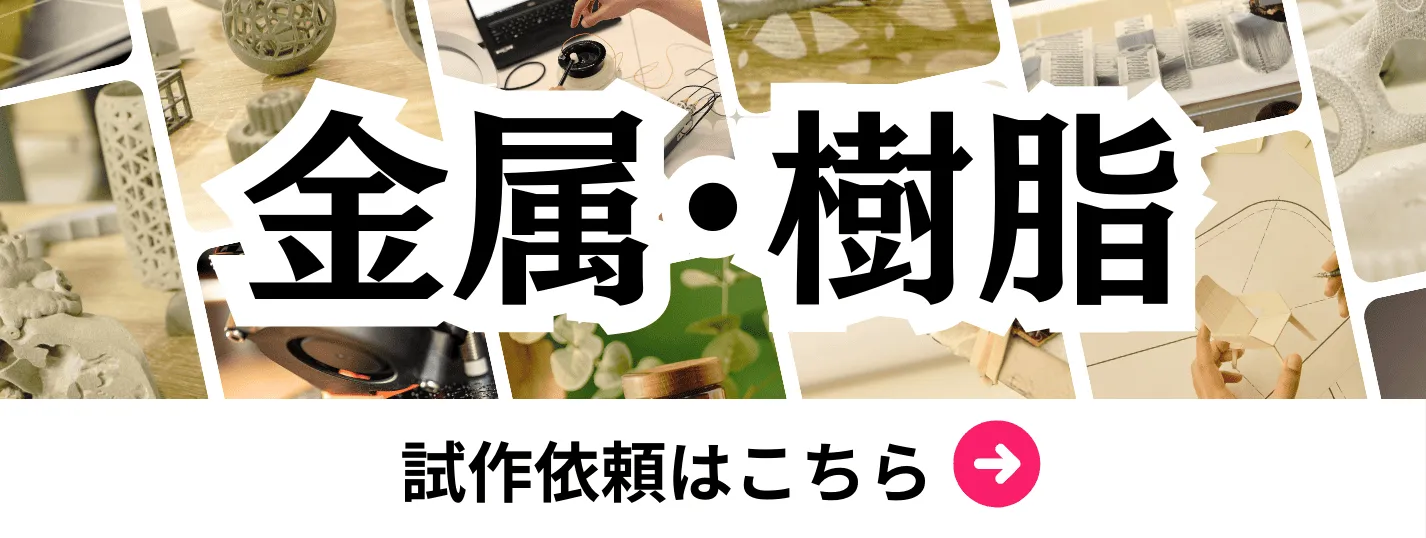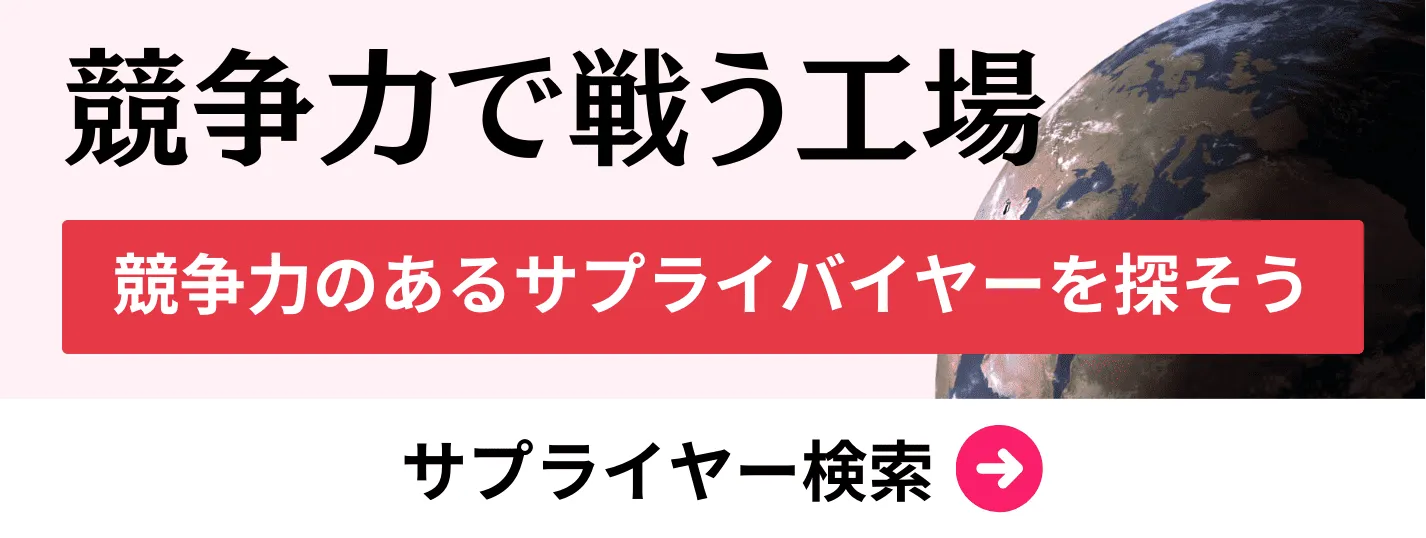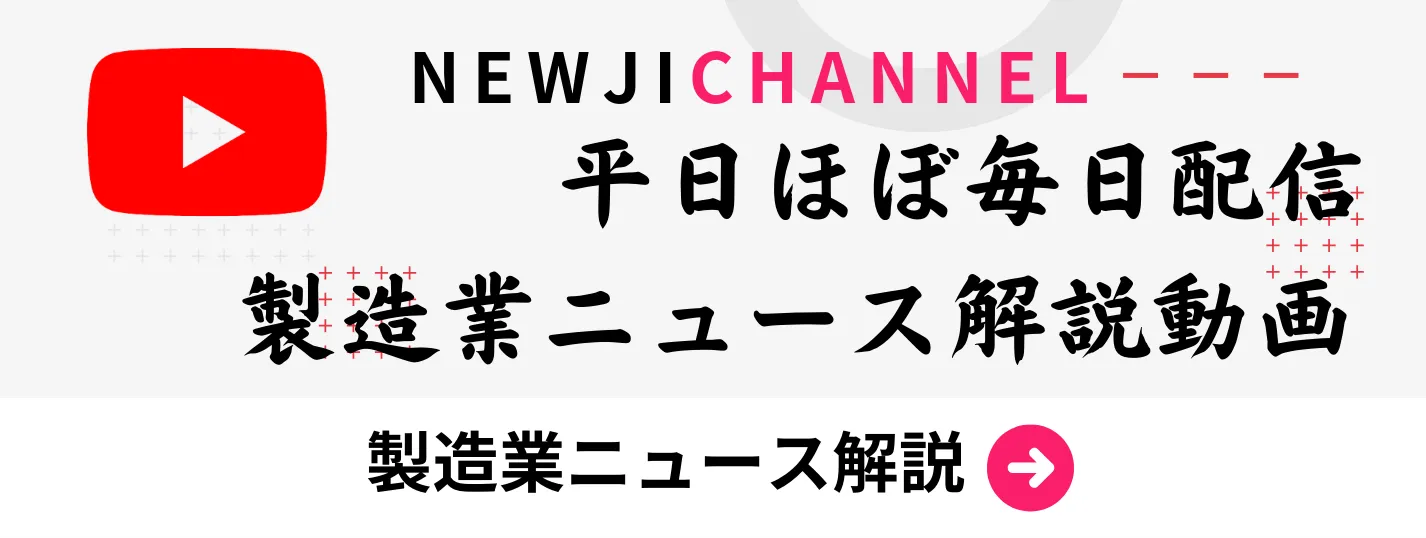- お役立ち記事
- Mastering Heat Countermeasures: Innovative Techniques from Japanese Manufacturing
月間76,176名の
製造業ご担当者様が閲覧しています*
*2025年3月31日現在のGoogle Analyticsのデータより

Mastering Heat Countermeasures: Innovative Techniques from Japanese Manufacturing

目次
Understanding the Importance of Heat Countermeasures in Manufacturing
In any manufacturing environment, managing heat is both a critical and complex task.
Excessive heat can lead to equipment failure, product defects, and compromised worker safety.
Japan, known for its technological advancements and meticulous manufacturing practices, has developed innovative techniques to address these challenges.
The country’s approach to heat countermeasures provides valuable insights and methodologies that can be adopted globally.
Why Heat Management is Critical
Heat can be both a friend and a foe in manufacturing settings.
While some processes rely on heat, uncontrolled or excessive heat poses significant risks.
Components can warp, machines might fail, and the integrity of products can be seriously compromised.
Moreover, an overly heated working environment can affect worker efficiency and safety.
Japanese Innovations in Heat Countermeasures
Japanese manufacturing companies have long been pioneers in developing and implementing heat management solutions.
Their success can be attributed to a combination of traditional craftsmanship and advanced technology.
Ceramic Materials
One notable innovation is the use of advanced ceramic materials.
These materials boast excellent thermal resistance, providing insulation in high-temperature environments.
Ceramic coatings are applied to machine components, enabling them to withstand extreme heat without degrading.
This application is particularly prevalent in the automotive and aerospace industries.
Liquid Cooling Systems
Liquid cooling systems are another breakthrough.
Japanese manufacturers have perfected these systems, which rely on the circulation of coolant to absorb and dissipate heat.
These systems are highly efficient and can be integrated into various machinery, mitigating heat issues and enhancing performance.
Heat-Resistant Alloys
Japan is also renowned for its development of heat-resistant alloys.
These materials can endure prolonged exposure to high temperatures without losing their structural integrity.
Industries like power generation and heavy machinery have significantly benefited from these alloys, leading to more durable and reliable equipment.
Advantages of Implementing Japanese Techniques
Adopting Japanese heat countermeasure techniques can offer numerous advantages:
Enhanced Product Quality
By effectively managing heat, manufacturers can ensure higher quality products.
The stability provided by heat-resistant materials and cooling systems minimizes defects, leading to a more consistent production output.
Increased Equipment Lifespan
Machines and components designed to withstand high temperatures have a longer operational life.
This reduces downtime and maintenance costs, providing both economic and operational benefits.
Worker Safety
A properly managed heat environment contributes to safer working conditions.
It reduces the risk of heat-related health issues among workers, leading to higher productivity and morale.
Challenges and Disadvantages
While the benefits are substantial, there are also challenges and drawbacks to consider.
Cost
One significant disadvantage is the cost.
High-quality materials and advanced cooling systems often come with a hefty price tag.
For smaller manufacturers, these initial investments might be challenging to justify.
Technical Expertise
Implementing these advanced techniques requires specialized knowledge.
Companies may need to invest in training or hire experts, which can add to the overall cost.
Maintenance
Advanced cooling systems and heat-resistant materials require regular maintenance.
This ongoing requirement can add complexity to the existing maintenance schedules and operational workflows.
Negotiating with Japanese Suppliers
Successfully procuring heat management solutions from Japanese suppliers involves thoughtful negotiation and an understanding of market conditions.
Building Relationships
Japanese business culture highly values relationships and trust.
Establishing a long-term relationship can lead to better terms and cooperation.
Regular communication and showing a genuine interest in their products and capabilities can foster a stronger partnership.
Understanding Quality Standards
Japanese suppliers often adhere to stringent quality standards.
Understanding and aligning your requirements with their standards can streamline negotiations and ensure more satisfactory outcomes.
Leveraging Market Conditions
Staying informed about market trends can provide leverage during negotiations.
If certain materials or technologies are in high demand, timing your negotiations during periods of lower demand can result in more favorable terms.
Best Practices for Implementation
To maximize the benefits of Japanese heat countermeasures, follow these best practices:
Comprehensive Assessment
Conduct a thorough assessment of your current heat management needs and capabilities.
Identify areas where Japanese technologies can provide the most significant benefits.
Collaborative Integration
Work closely with Japanese suppliers during the implementation phase.
Their expertise can be invaluable in ensuring that the technologies are integrated seamlessly into your existing systems.
Continual Monitoring
Implement ongoing monitoring and evaluation to measure the effectiveness of the heat countermeasures.
Regularly review performance data and make necessary adjustments to optimize results.
Case Study: Successful Implementation
Consider a case study where a global electronics manufacturer successfully implemented Japanese heat countermeasures.
The company faced significant issues with overheating in its production processes, leading to a high rate of defective products.
By adopting Japanese liquid cooling systems and heat-resistant alloys, the company saw a dramatic reduction in product defects.
Additionally, the lifespan of their machinery increased, reducing maintenance costs and improving overall efficiency.
Conclusion
Japanese manufacturers provide a wealth of innovative heat countermeasures that can revolutionize production processes globally.
While the costs and complexities of these techniques are not to be understated, the benefits in terms of quality, safety, and equipment longevity are substantial.
By understanding the intricacies of Japanese innovations and effectively negotiating with suppliers, manufacturers can leverage these advanced solutions to their advantage.
Investing in Japanese heat countermeasures is a strategic move that promises long-term dividends in the fast-paced and demanding world of manufacturing.
 資料ダウンロード
資料ダウンロード
QCD管理受発注クラウド「newji」は、受発注部門で必要なQCD管理全てを備えた、現場特化型兼クラウド型の今世紀最高の受発注管理システムとなります。
 ユーザー登録
ユーザー登録
受発注業務の効率化だけでなく、システムを導入することで、コスト削減や製品・資材のステータス可視化のほか、属人化していた受発注情報の共有化による内部不正防止や統制にも役立ちます。
 NEWJI DX
NEWJI DX
製造業に特化したデジタルトランスフォーメーション(DX)の実現を目指す請負開発型のコンサルティングサービスです。AI、iPaaS、および先端の技術を駆使して、製造プロセスの効率化、業務効率化、チームワーク強化、コスト削減、品質向上を実現します。このサービスは、製造業の課題を深く理解し、それに対する最適なデジタルソリューションを提供することで、企業が持続的な成長とイノベーションを達成できるようサポートします。
 製造業ニュース解説
製造業ニュース解説
製造業、主に購買・調達部門にお勤めの方々に向けた情報を配信しております。
新任の方やベテランの方、管理職を対象とした幅広いコンテンツをご用意しております。
 お問い合わせ
お問い合わせ
コストダウンが利益に直結する術だと理解していても、なかなか前に進めることができない状況。そんな時は、newjiのコストダウン自動化機能で大きく利益貢献しよう!
(β版非公開)



